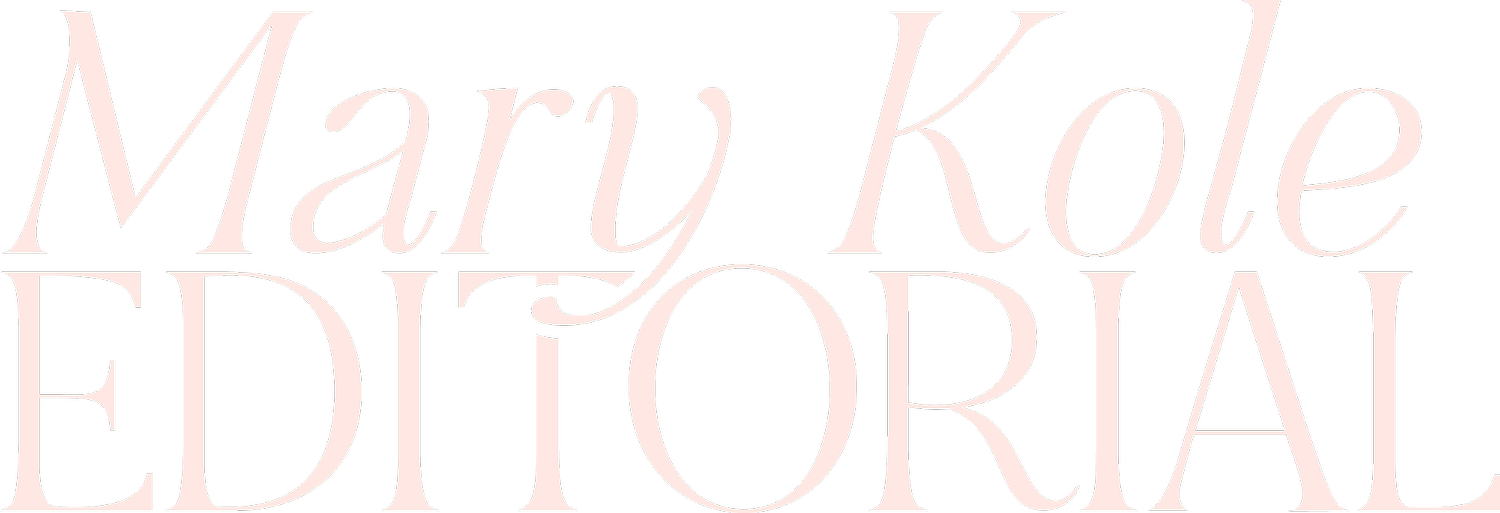Industry Standard Manuscript Format
By Mary Kole
Mary Kole is a former literary agent, freelance editor, writing teacher, author of Writing Irresistible Kidlit, and IP developer for major publishers, with over a decade in the publishing industry.
As an aspiring writer, you’ve put in a lot of time, effort, and determination into drafting your novel or memoir manuscript. You’ve developed the characters, the plot, and the setting, and you’ve edited and revised the work tirelessly. Now comes the moment you’ve been waiting for: submitting your manuscript to literary agents and traditional publishers, or moving ahead with self-publishing. But before you hit that “send” (or “publish”) button, there’s one crucial element you need to consider: manuscript format. In this article, you’ll learn about the publishing industry standard manuscript format, which elements are important, common mistakes to avoid, and tips on how to maintain the format during email or online form submission.
Industry Standard Manuscript Format
The industry standard manuscript format for novels and memoirs consists of the following elements:
8.5 x 11-inch paper size
Double-spaced lines for prose (the query letter and synopsis can be single-spaced)
1-inch margins on all sides
Times New Roman or Courier font
12-point font size
Running header with author’s last name, title, and page number (can be omitted for the title page)
Chapter headings centered and six lines down after a page break
Paragraphs indented to 0.5 inches
Title page with author’s name, address, phone number, email, book title, and word count
No fancy graphics or designs
By following these basic guidelines for manuscript format, you’re showing agents and publishers that you’ve taken the time to professionally prepare your story idea for manuscript submission, and have looked at their various submission guidelines.
Elements of Manuscript Format
In addition to the industry standard format, there are other elements that are important to consider when formatting your manuscript:
Proper use of italics and quotation marks for dialogue and interiority
Consistent formatting of headers and subheaders
Consistency in the use of spaces and indents (one space between sentences is considered industry standard now)
Proper use of spacing before and after paragraphs and dialogue formatting
Use of a single space after punctuation marks
Consistency in the use of font, size, and type
By ensuring that these details are consistent throughout your manuscript, you’re showing your attention to detail and your commitment to presenting a polished and professional work. Once you learn the basics of manuscript format, you can use this knowledge for the rest of your writing career. Even published authors stick to the exact same rules!
Common Manuscript Format Mistakes to Avoid
Even the most experienced writers can make simple mistakes when it comes to manuscript format, until they take care and hammer down these basics. Here are some common errors to watch out for:
Forgetting to number pages or include headers
Nonstandard formatting for chapter headings or spacing
Overuse of bold, italics, caps, and underline
Inconsistent use of margins, fonts, or font sizes
Improper spacing before or after paragraphs or dialogue (for prose formatting, you generally don’t want additional line breaks between paragraphs)
Use of nonstandard paper size or font type
Using cursive or other nonstandard font styles (unless you’re conveying a handwritten letter for effect, for example)
By avoiding these common mistakes, you’ll make sure your manuscript stands out for its clarity and professionalism.
Tips for Maintaining Manuscript Format Via Email
In the digital age, many submission guidelines request that you send your writing sample and query letter made via online forms or email. To make sure your file maintains its manuscript formatt during these types of submissions, follow these tips:
Check that your manuscript looks the same in the email or online form as it does on your computer, send it to yourself first
Use plain text rather than formatting shortcuts like automatic indenting or bullets, which may not translate to email or form
Test your submission on different devices and programs to ensure its consistency, though know that you will not be able to approximate manuscript format perfectly
By following these tips, you’ll present your manuscript in a way that ensures its clarity, consistency, and professionalism.
As an aspiring writer, the last thing you want is to suffer writing rejection because of poor manuscript format. By following the industry standard format, paying attention to important elements, avoiding common mistakes, and using these tips for maintaining format during email or online submissions, you’re setting yourself up for success. You’ve put in the hard work of writing and revising your manuscript, now it’s time to make sure your format is just as professional and polished as the words themselves.

Click here to purchase Irresistible Query Letters, my book on query letters, including over forty examples with comprehensive notes on each one. There’s a ton of submission advice, best practices, and insider information in these pages, and you’ll really enjoy seeing what other writers are doing in the slush.



